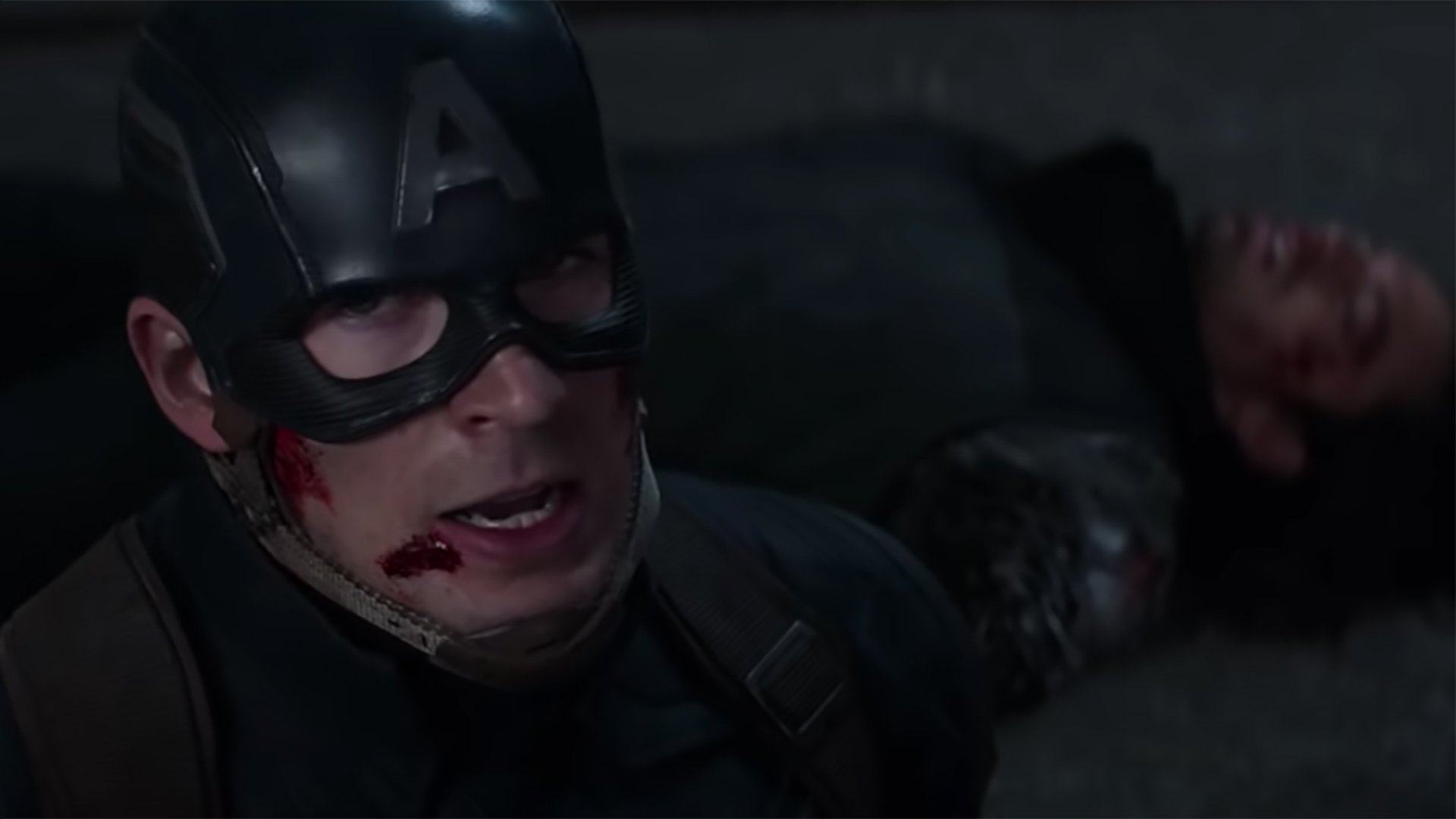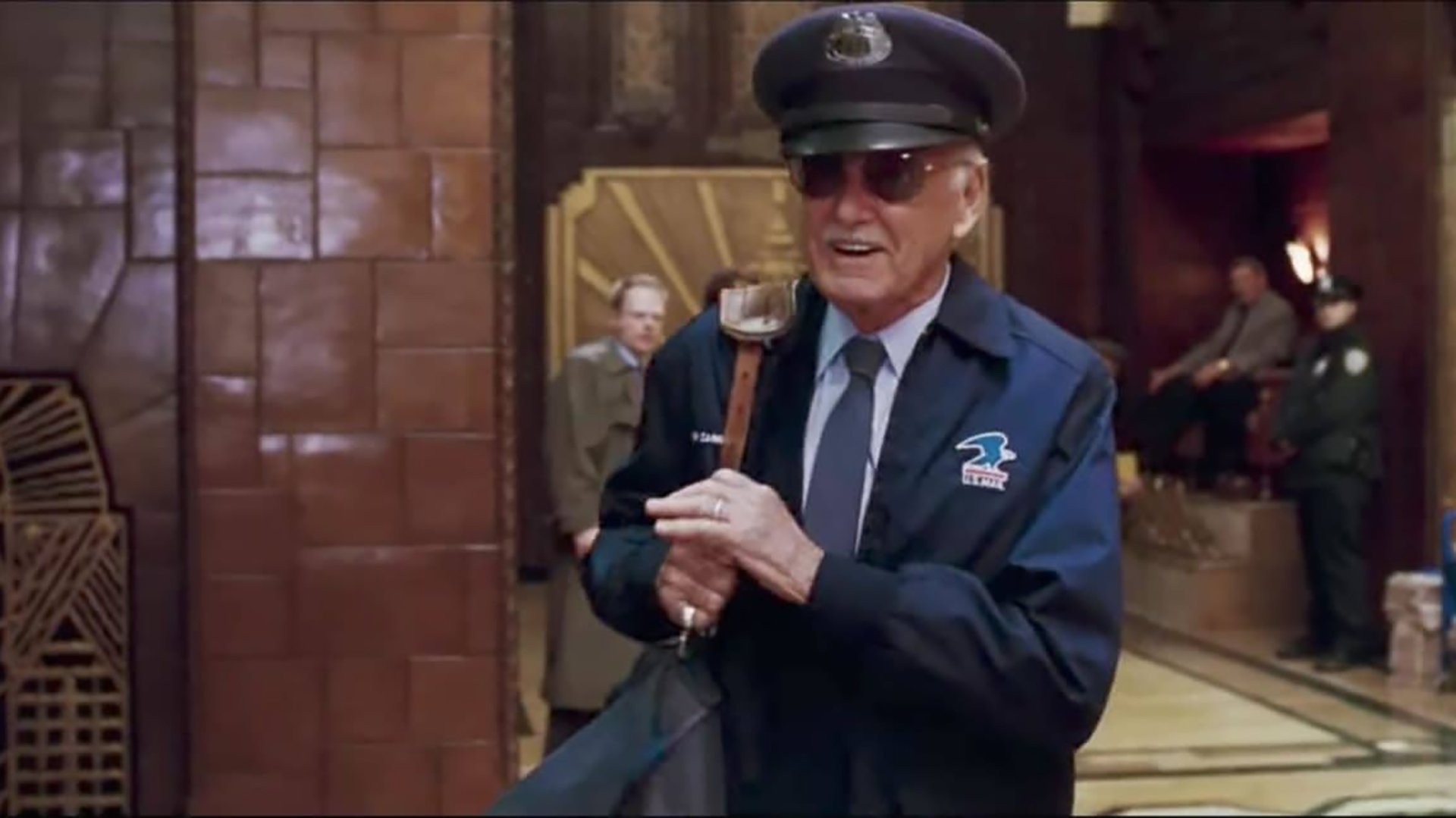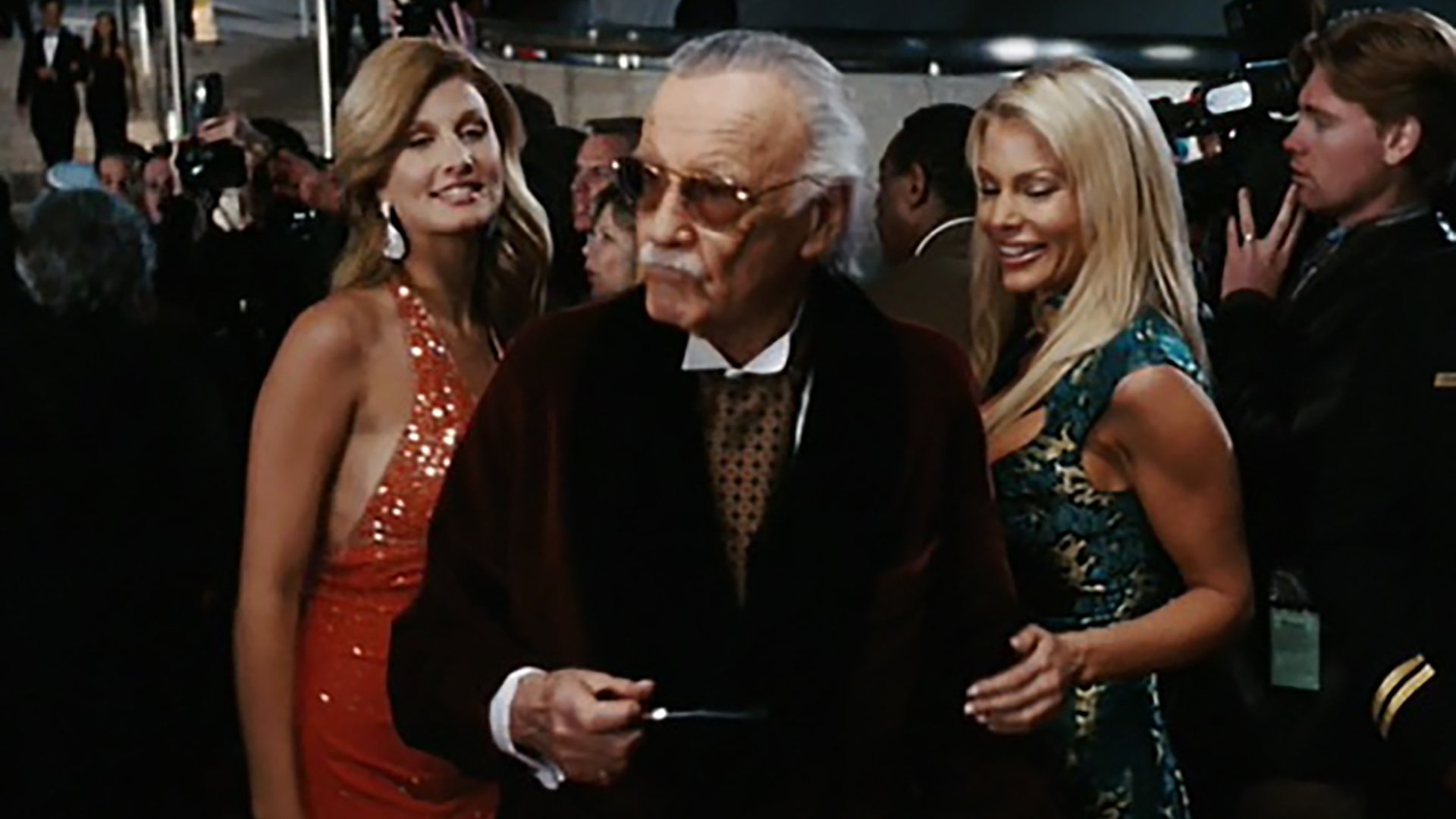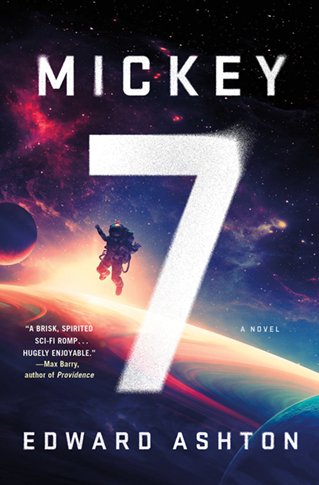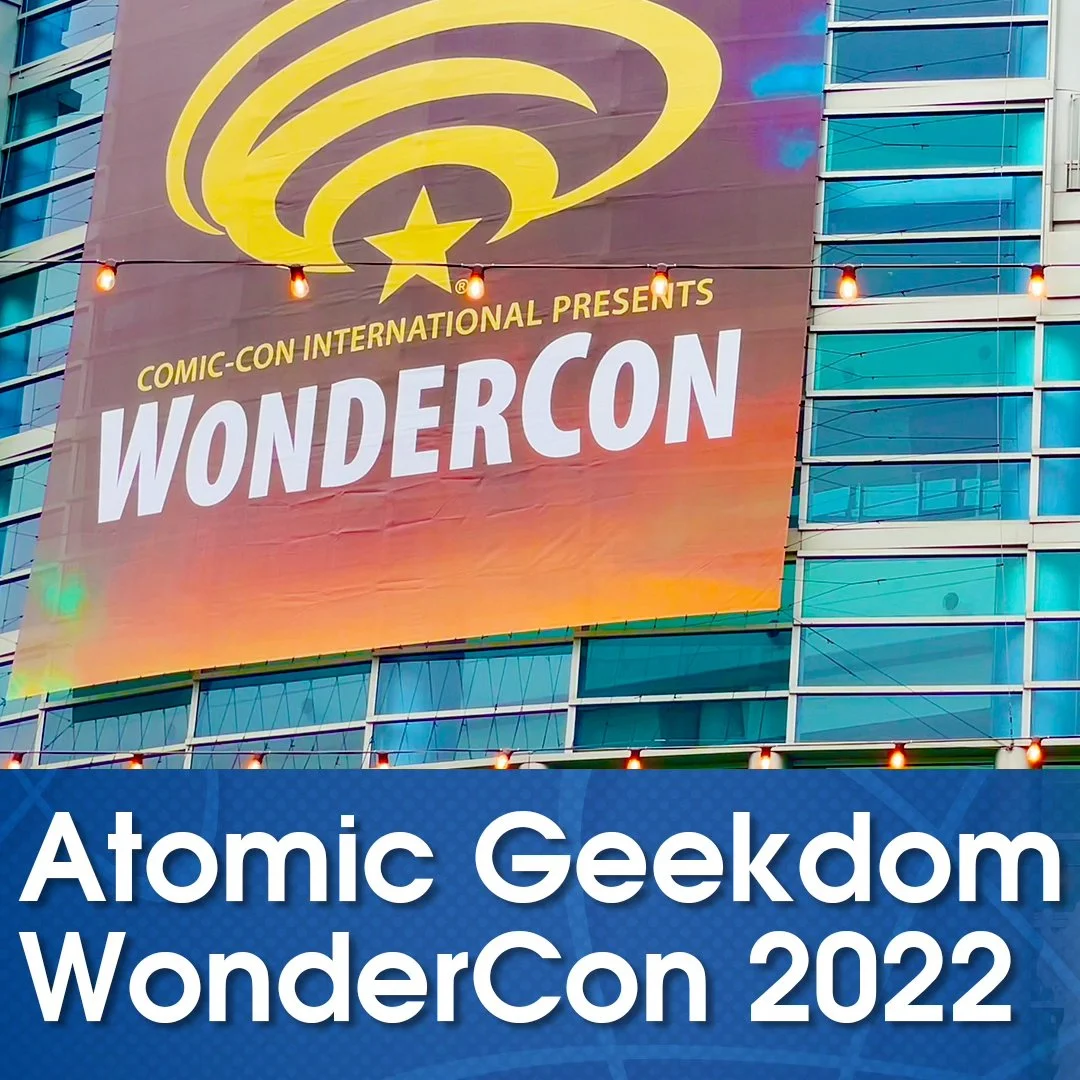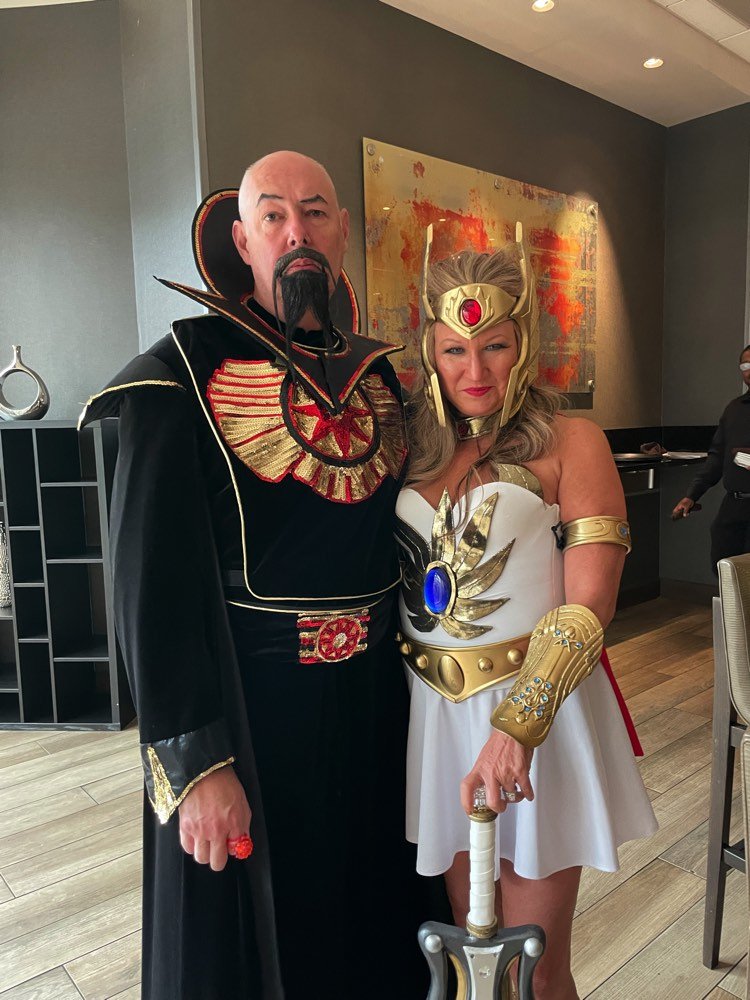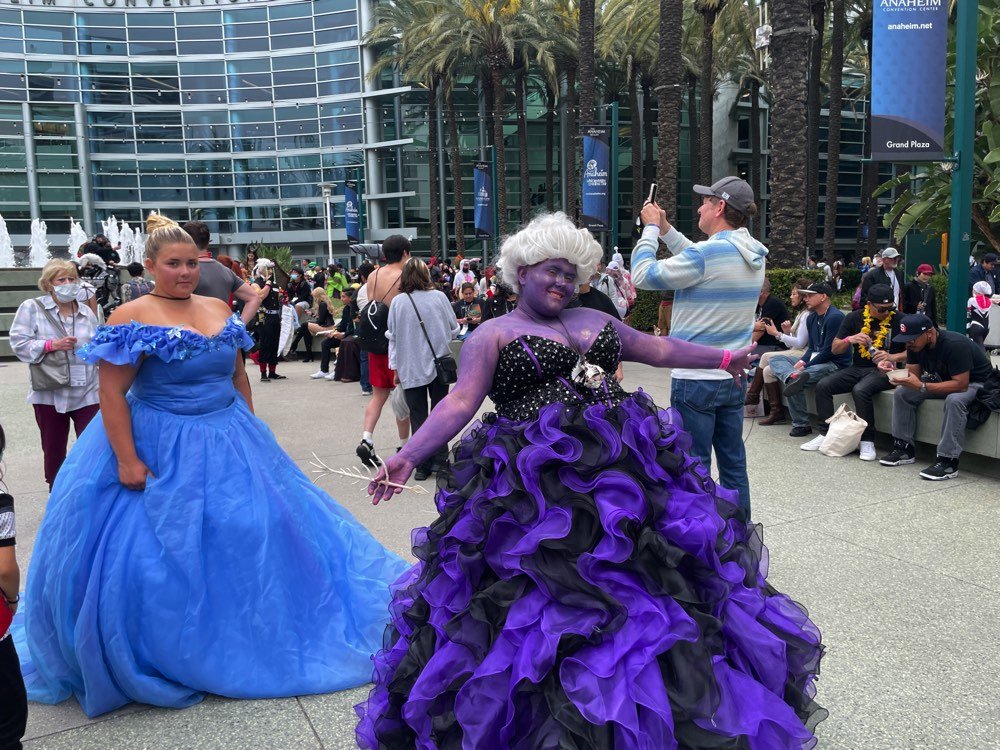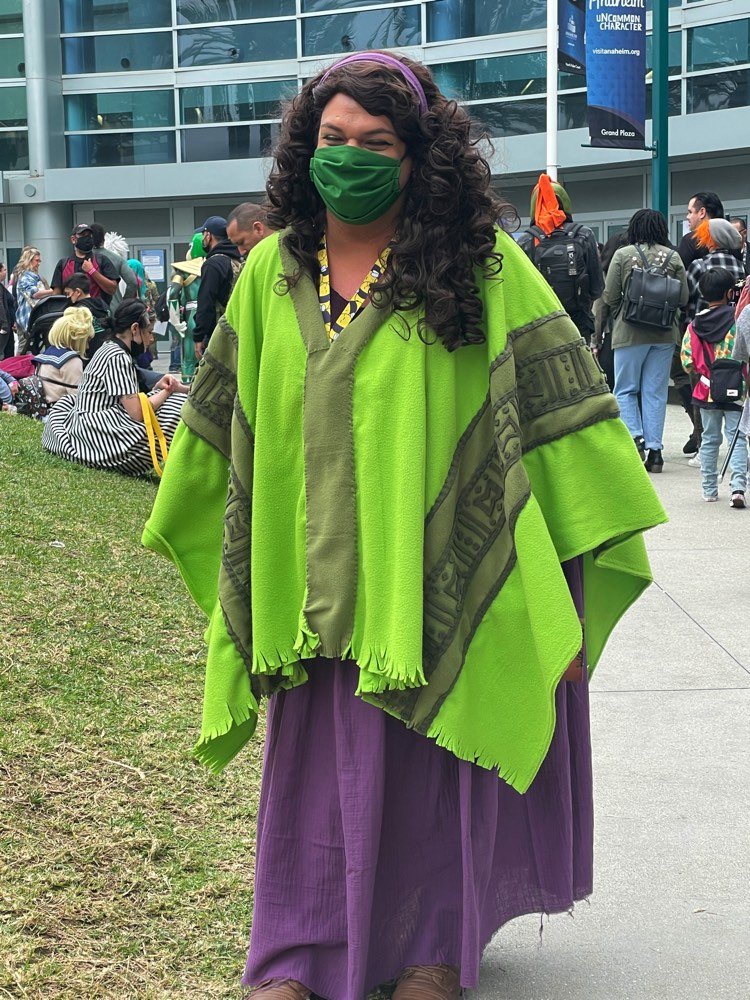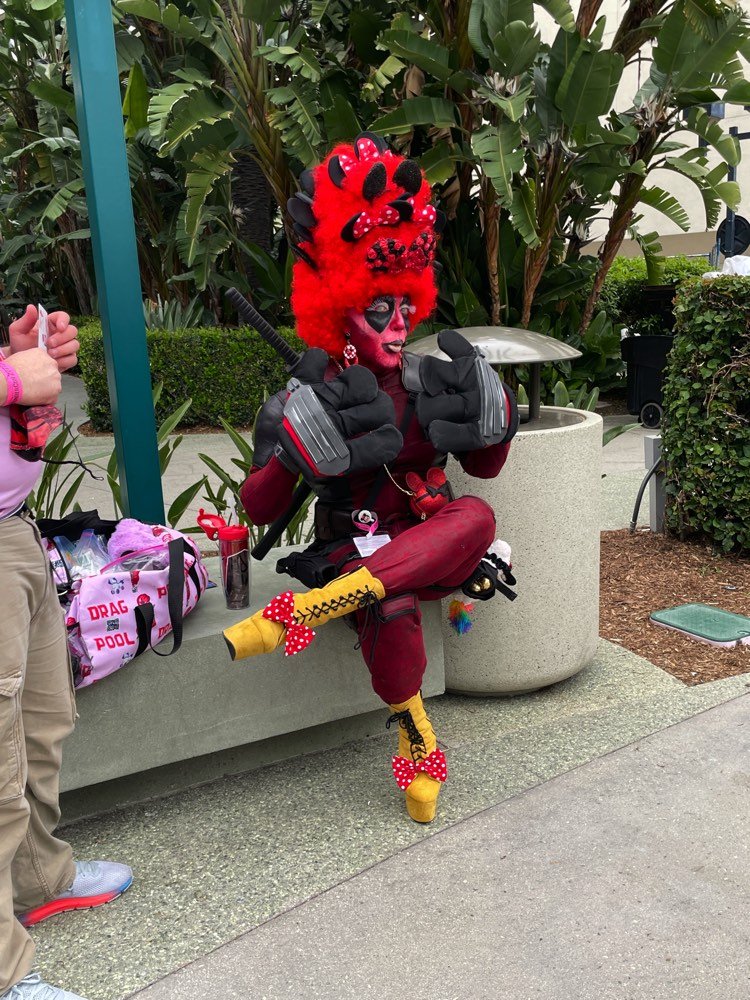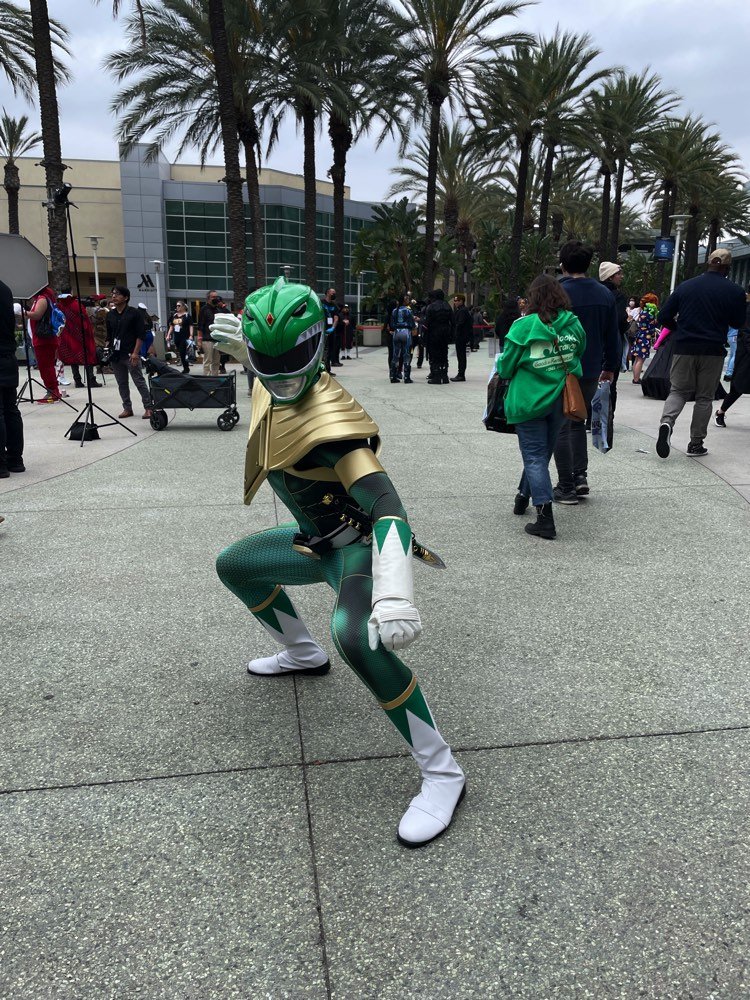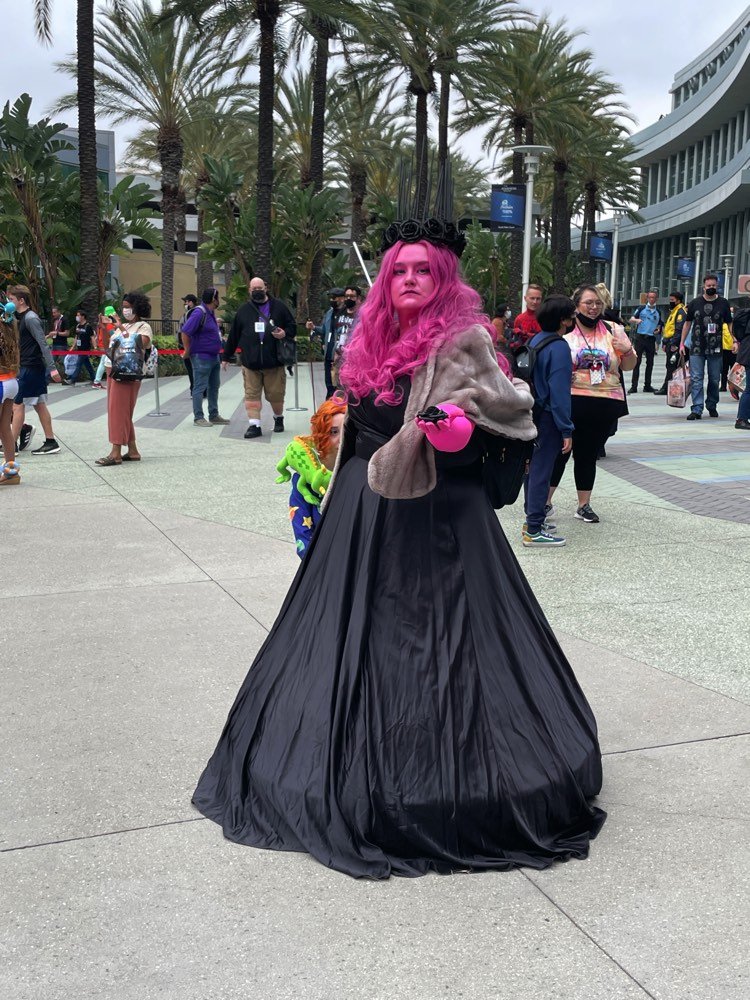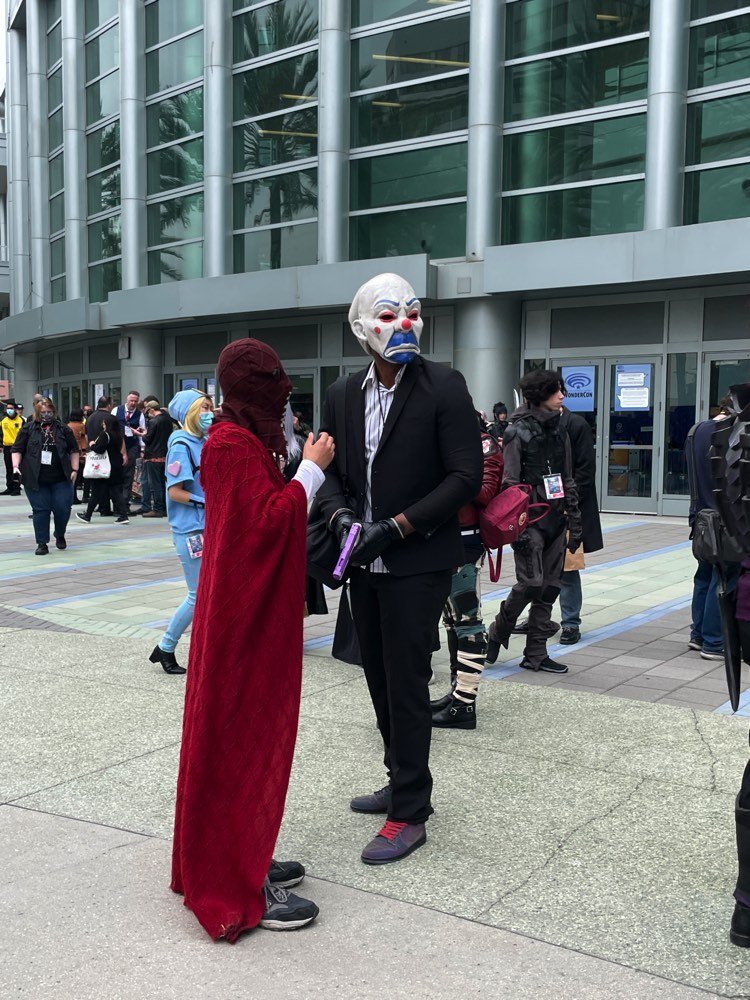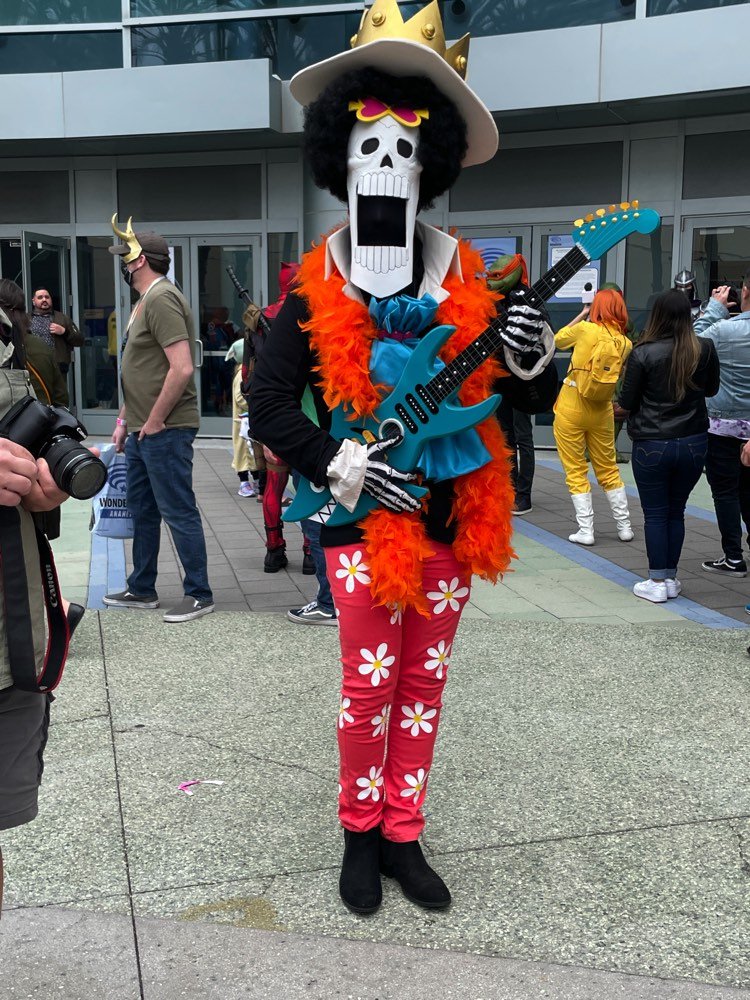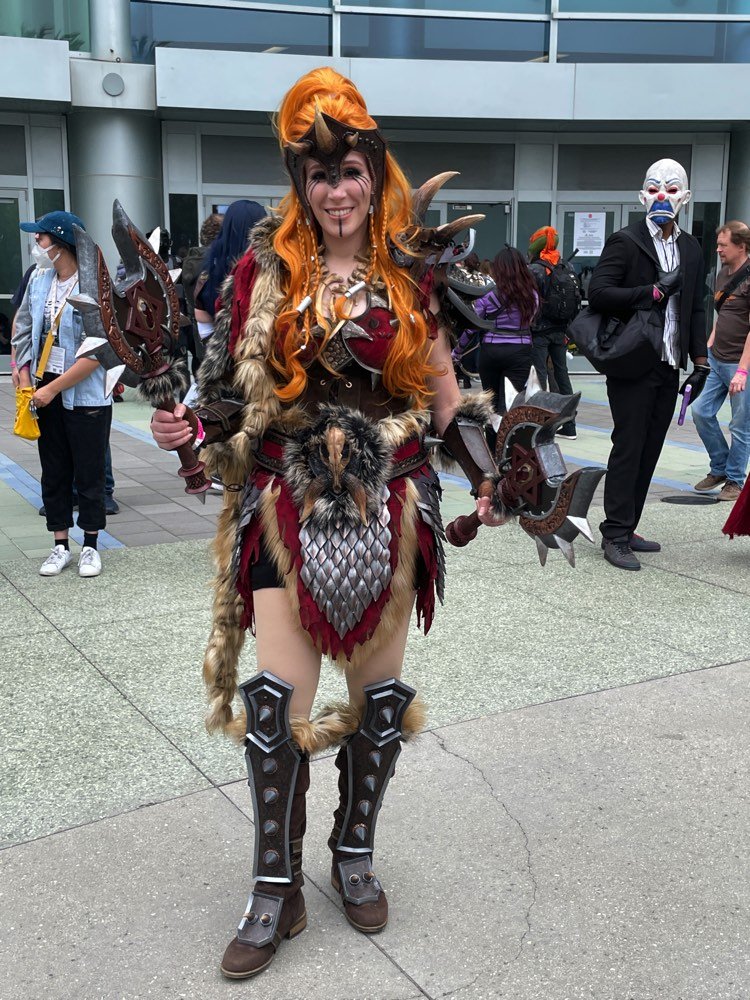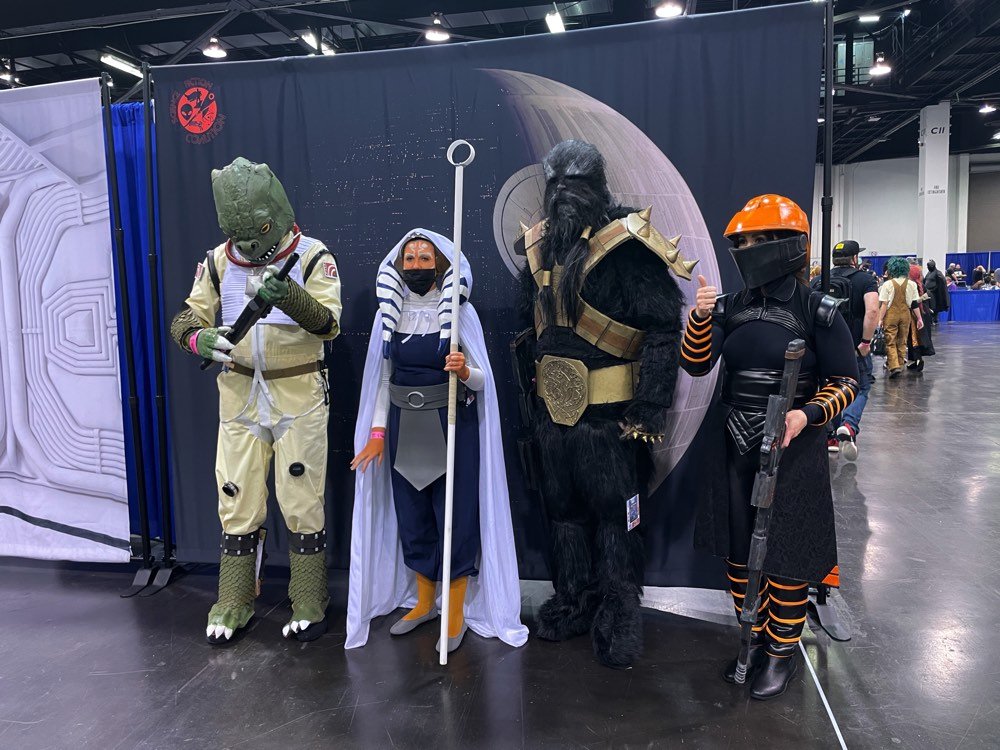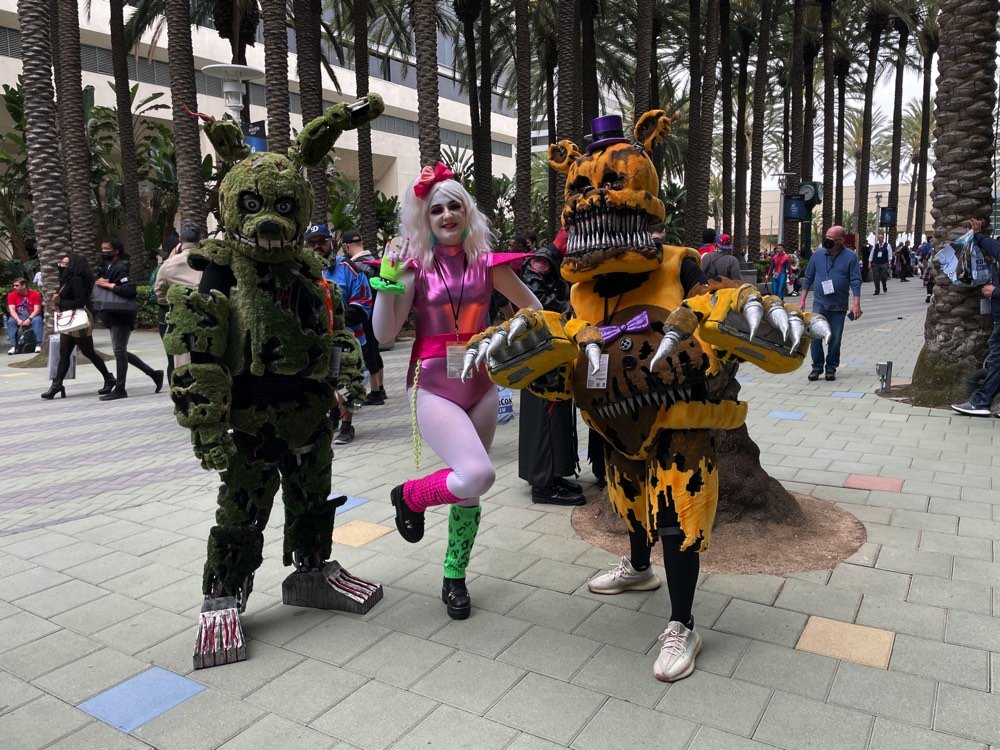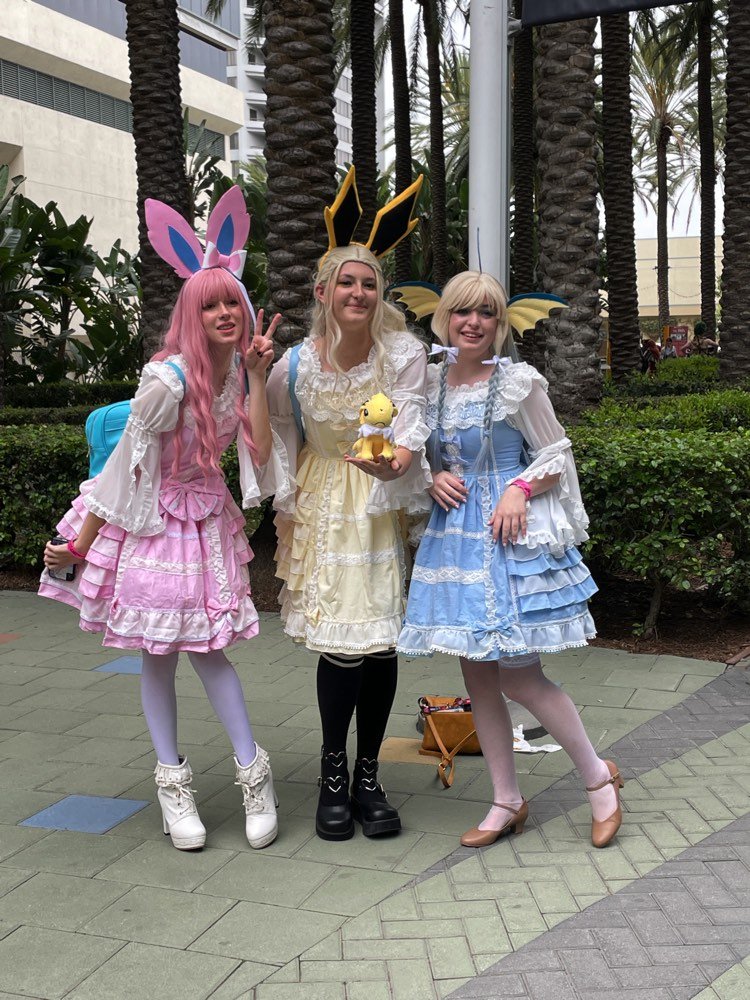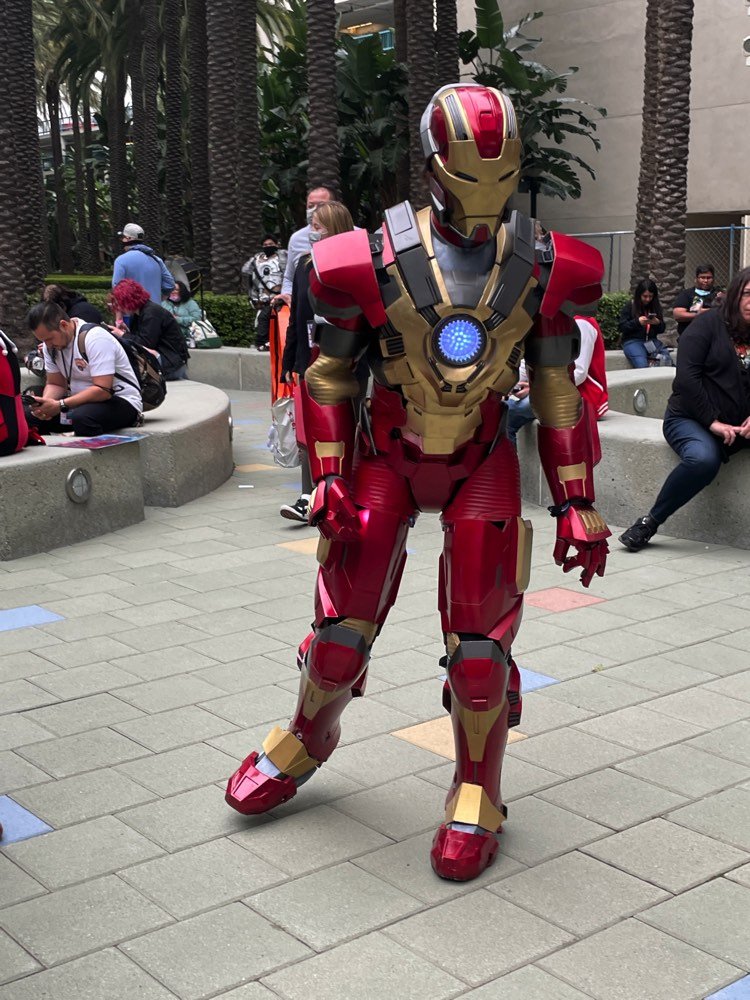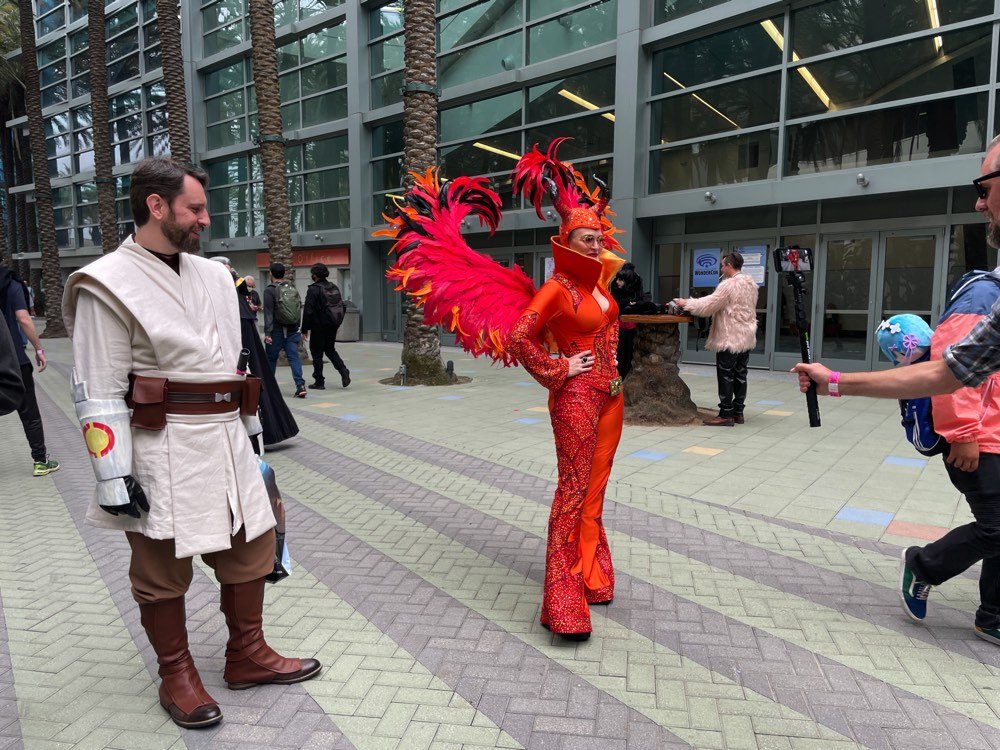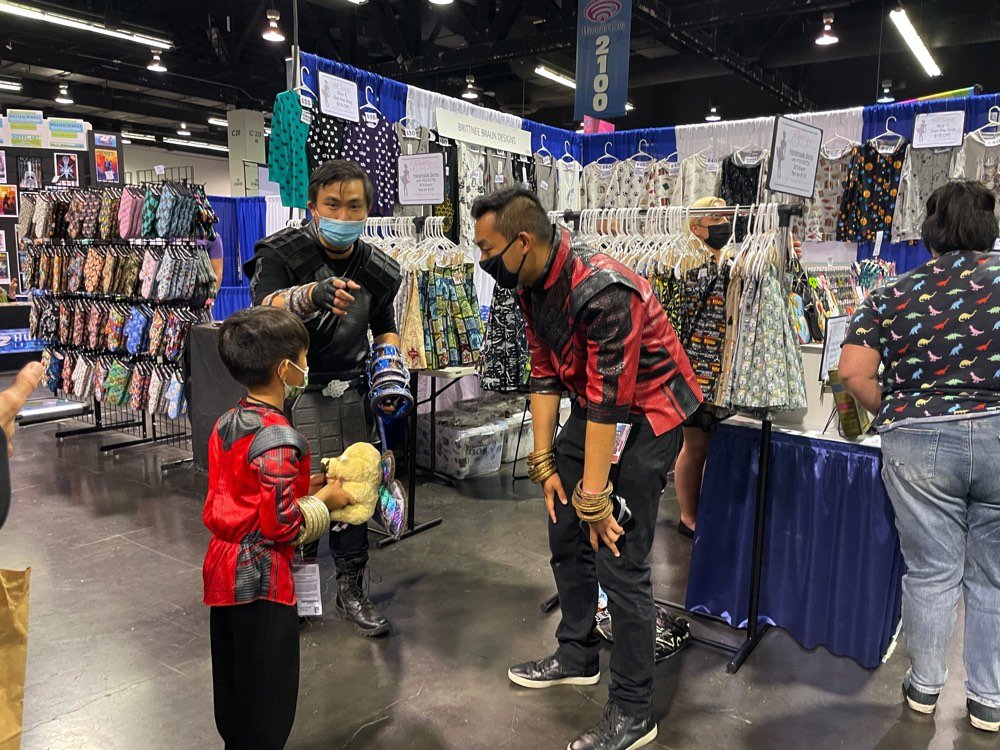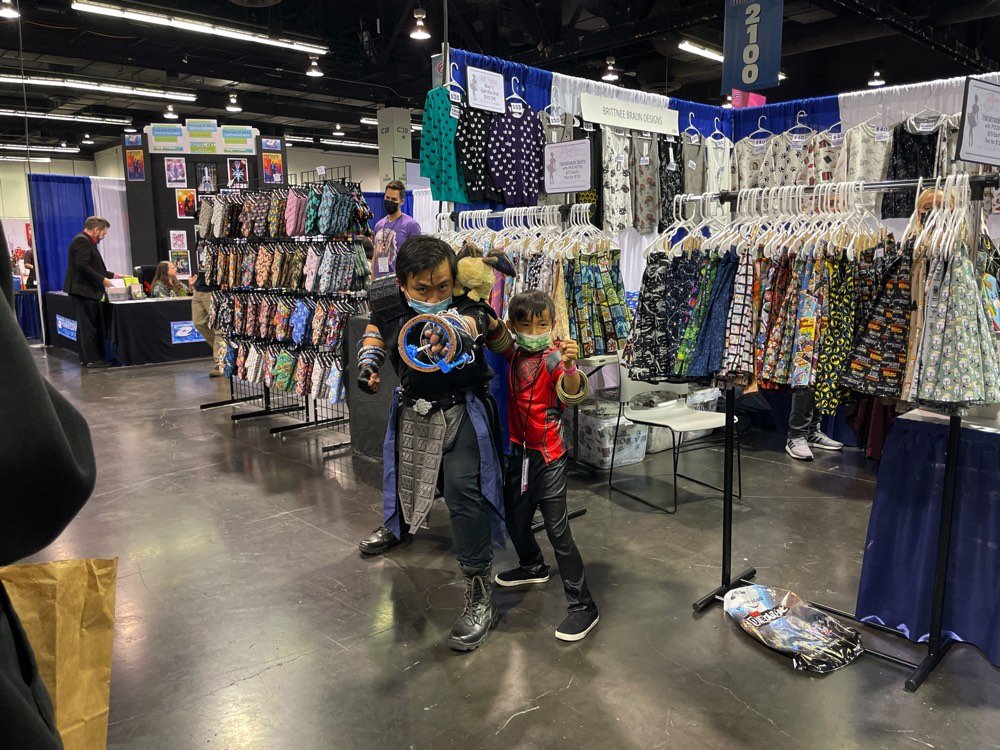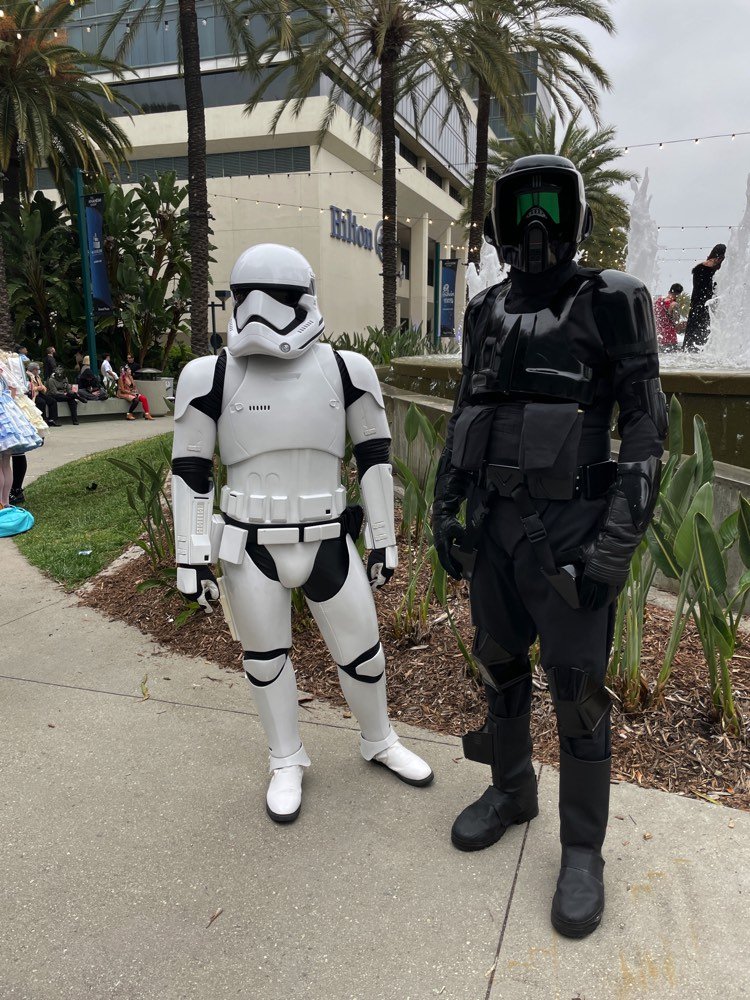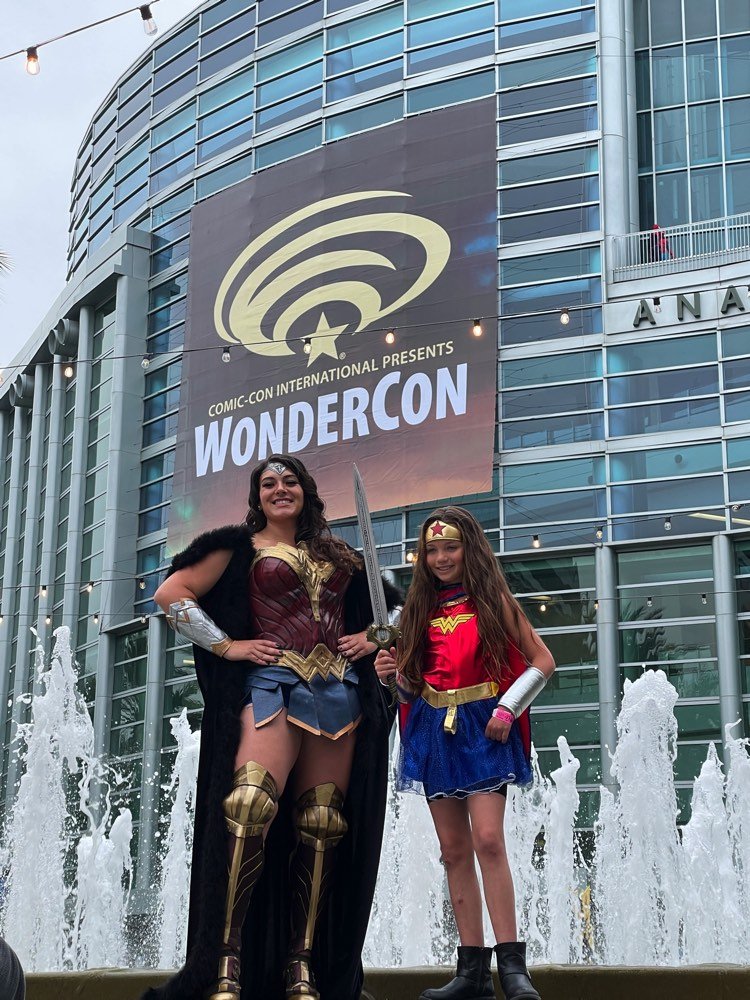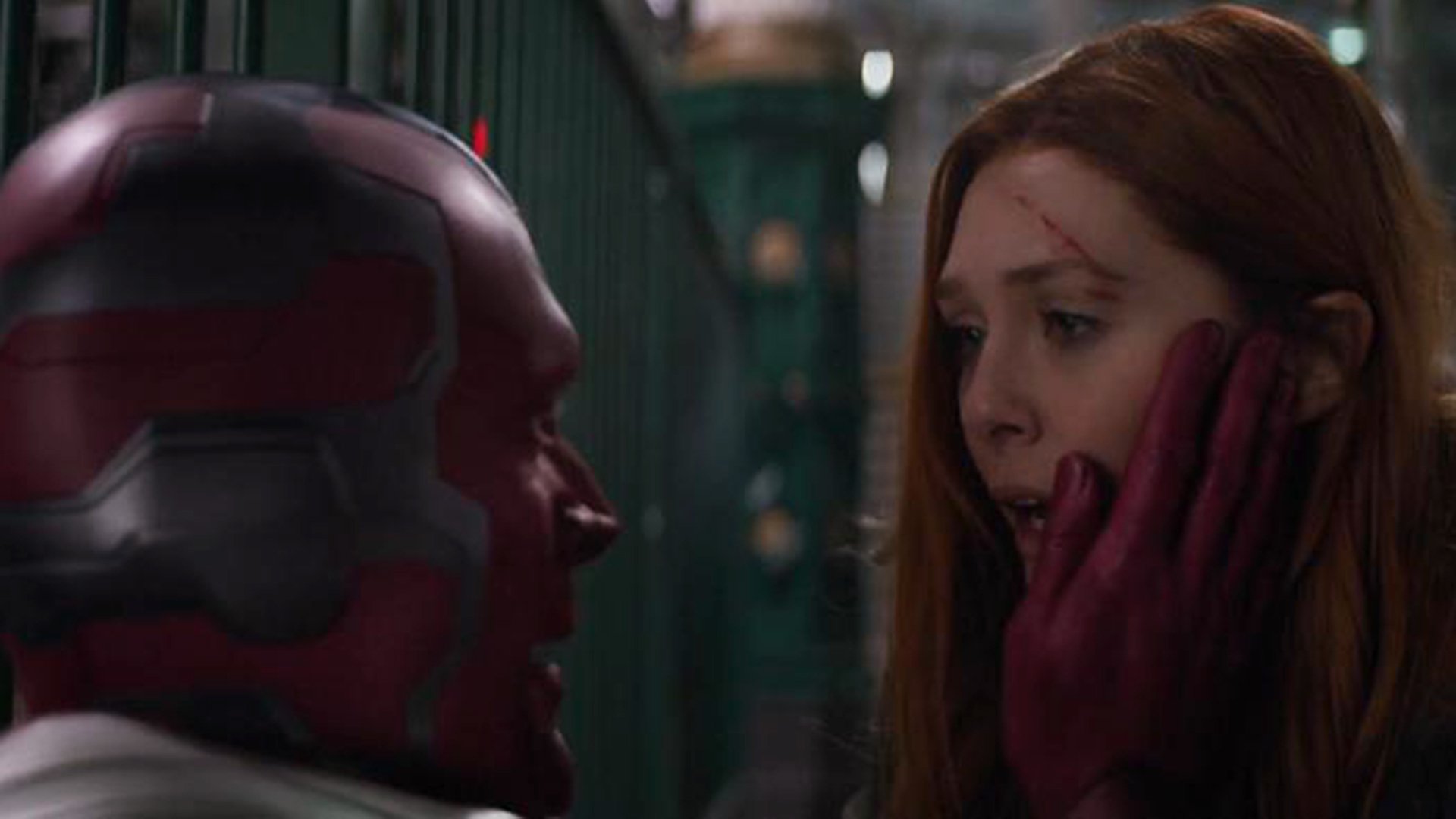By Brandon T. McClure (@btmcclure @fakenerdpodcast)
The MCU, specifically the Infinity Saga (2008-2019) has meant a great deal to me, as I am sure it has for many people. What first started as a book pitch is now a series of essays of mine that will be (hopefully) published every week. The goal is to pick a specific moment within The Infinity Saga and share with you why I believe it’s a defining moment. To revisit previous posts, visit our site HERE.
Enjoy the ride as we count down from 50 of the most defining moments and share your thoughts in the comments.
• Stark Learns The Truth•
MOMENT# 35
MOVIE: Captain America: Civil War
DIRECTORS: Joe and Anthony Russo
WRITERS: Christopher Markus and Stephen McFeely
Howard Stark (John Slattery) and The Winter Soldier (Sebastian Stan) in Captain America: Civil War.
The relationship between Captain America and Iron Man is a rather complicated one. While the two of them grew a friendship, it was always on a rocky foundation. Steve trusted that Stark would take a bullet for him and vice versa but it would only take a push to break their partnership. This push came in the form of a coordinated attack by Helmut Zemo in Captain America: Civil War. This attack would send ripples through the MCU and pave the way for Thanos’ victory in Avengers: Infinity War.
Ever since Captain America: The Winter Soldier, audiences had been privy to the information that Bucky Barnes, as the Winter Soldier, was responsible for the death of Howard and Maria Stark. The third Captain America film takes this quick expository moment and makes it the crux of the plot. All throughout the movie, Zemo is trying to get his hands on information that happened on December 16, 1991. A reason that isn’t made clear until later. While this is happening, the government is trying to have the Avengers sign the Sokovia Accords, which would put the heroes under government control. This is the first time that Steve and Stark would come to blows.
Captain America (Chris Evans) and Iron Man (Robert Downey Jr. ) in Captain America: Civil War.
The major fight scene of the movie happens towards the end of the second act as Bucky and Steve are trying to get to Siberia to stop Zemo from awakening sleeping super soldiers. All the while Iron Man is trying to stop them because Bucky was framed for the murder of King T’Chaka. There are a lot of moving parts in Captain America: Civil War, but they culminate with Iron Man, Captain America, and Bucky in an abandoned Hydra base in Siberia looking for Zemo. Only to find that the real plan was to reveal to Stark that Bucky was the one who murdered his parents, and worse, Steve knew.
This throws Stark into a blind rage as he tries to avenge the death of his parents. In his mind, Bucky robbed him of ever reconciling with his parents. From the beginning of the movie, it’s made clear that Stark regrets how his last interaction went with them and now he has someone to blame. What’s almost worse is that Steve and Howard were friends, so how could Howard's idol betray him like that? Steve, of course, tries to reason with his friend by explaining that Bucky was brainwashed but all Stark can see is the murderer, exclaiming “he killed my mom”.
Captain America (Chris Evans) and Bucky Barnes aka The Winter Soldier (Sebastian Stan) in Captain America: Civil War.
It’s likely that Stark and Steve would have come to blows over something sooner or later, but this was irreparable damage in Stark’s mind. Not only did Steve betray him but Howard as well. Zemo’s actions successfully tore the very fabric of the Avengers apart. United they could stop any foe, but divided was another story. If Thanos had come to Earth to face a united Avengers, they may have very well been able to fend off the Mad Titan, but thanks to Zemo, Thanos met very little resistance.




